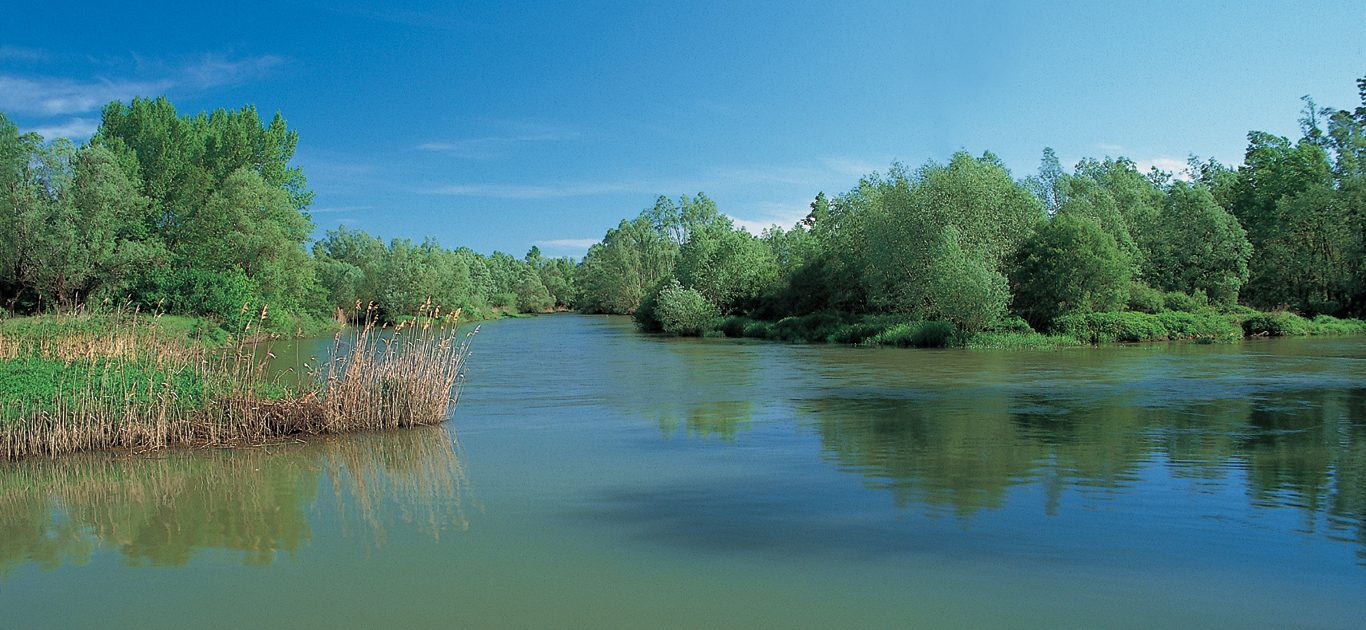The main goal of the DRAVA LIFE project is the improvement of the riverine ecosystem of the Croatian Drava. Through integrated implementation of various EU Directives (Water Framework Directive, Floods Directive, Habitat and Birds Directive), ongoing issues of the riverine ecosystem will be solved in a synergetic approach between water management and nature protection authorities and NGOs.
DRAVA LIFE specifically aims to:
- increase the number of natural and dynamic riverine habitats and to better connect interdependent parts of the Drava’s ecosystem. This will be done through river restoration measures such as re-connection and creation of new side-arms, removal of bank revetments/groins and preservation of dynamic steep river banks. The latter are extremely rare along the Drava, but they are essential for many species protected under Natura 2000;
- preserve existing, and create new, water bodies and flooding areas within already existing floodplains. These actions will reconnect the river with its floodplains and improve the dynamics between groundwater and surface waters, as well as improve sediment dynamics and minimize the risk of floods in inhabited areas along the river;
- reduce human disturbance of river birds, especially during the breeding season. During the project, a Visitor guidance plan and an Action plan for river birds will be developed and concrete visitor management measures and public awareness campaigns will be implemented to avoid negative impacts of uncontrolled human activities;
- raise awareness and recognition of Natura 2000 sites along the Drava River;
- improve cross-border cooperation along the Drava through transfer ofknow-how and best practices, as well as cooperation within the planned 5-country UNESCO Biosphere Reserve “Mura-Drava-Danube” (between Croatia, Austria, Hungary, Slovenia, Serbia);
- strengthen the inter-sectoral river management where all relevant sectors (water management, nature conservation and civil society) participate in the decision-making processes.

